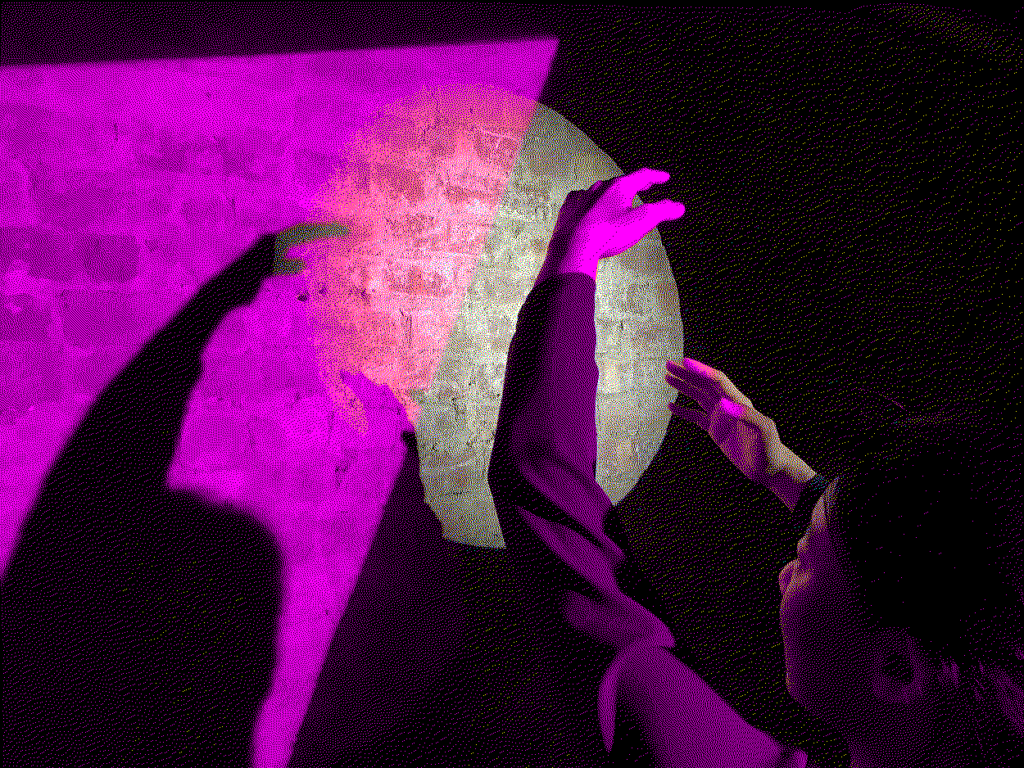
While traditional forms of art such as painting and sculpture only expect intellectual communication with the spectator, interactive arts consider the audience as active participants and directly involve their physical bodies and actions. Interactive art invites its audience to have a conversation with the artwork or even be part of it. Well designed interactions add new meanings to the artwork and enhance effective and memorable communication with the viewer through their magical quality.
Artists have achieved interactivity in their art through different strategies based on various technologies. For example, some projects have physical interfaces such as buttons and knobs, some projects react to the audience’s presence or specific body movements, and yet others require collaborations between the audience as part of the interaction process. Some artwork involves interactions that require a long period of time for the engagement. In many of these interactive art projects, interaction methods are deeply embedded into the soul and voice of the work itself.
In this class, we will explore interaction as an artistic medium. We will be looking at interactive media art history through the lens of interaction and technology to explore their potential as art making tools. Every 1-2 weeks, you will be introduced to a new interaction strategy along with a group of artists and projects. You will learn about relevant technologies and skills for the interaction strategies and build your own project to be in conversation with the artists and projects. You will also explore and discuss the future of interactions and how interactive art can contribute to innovations in interactions, and vice versa. You will also learn about how to contextualize and articulate your project in an artistic way.
The assignments include reading, short writing, labs, and production assignments. Technical topics covered in class include but are not limited to: physical computing, camera vision, and networked devices.